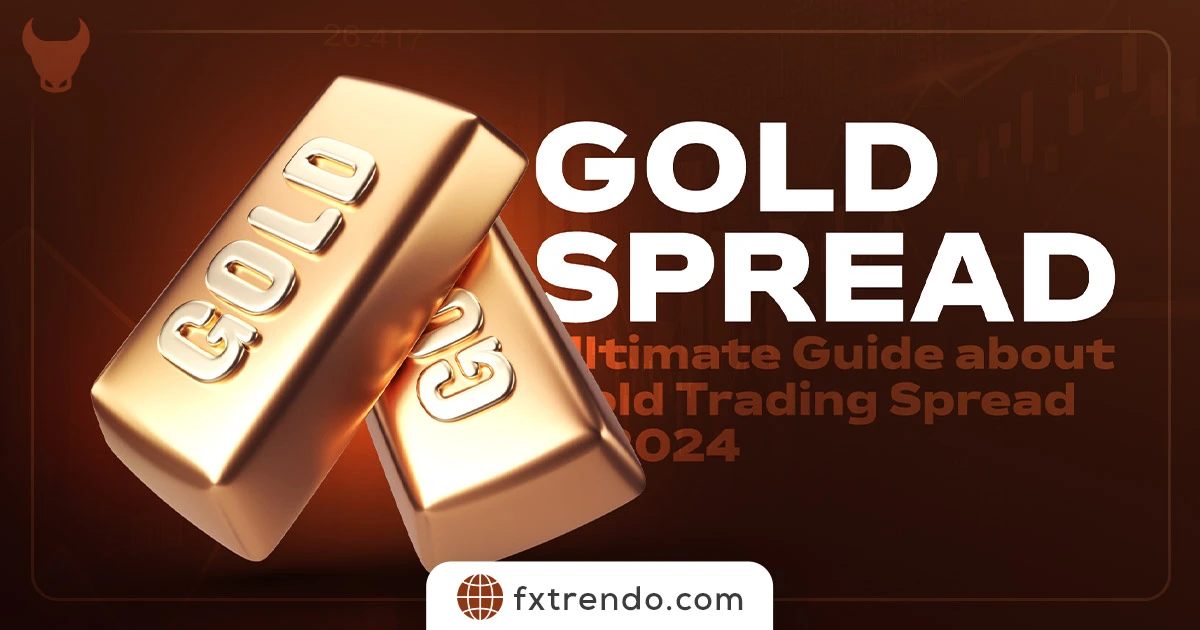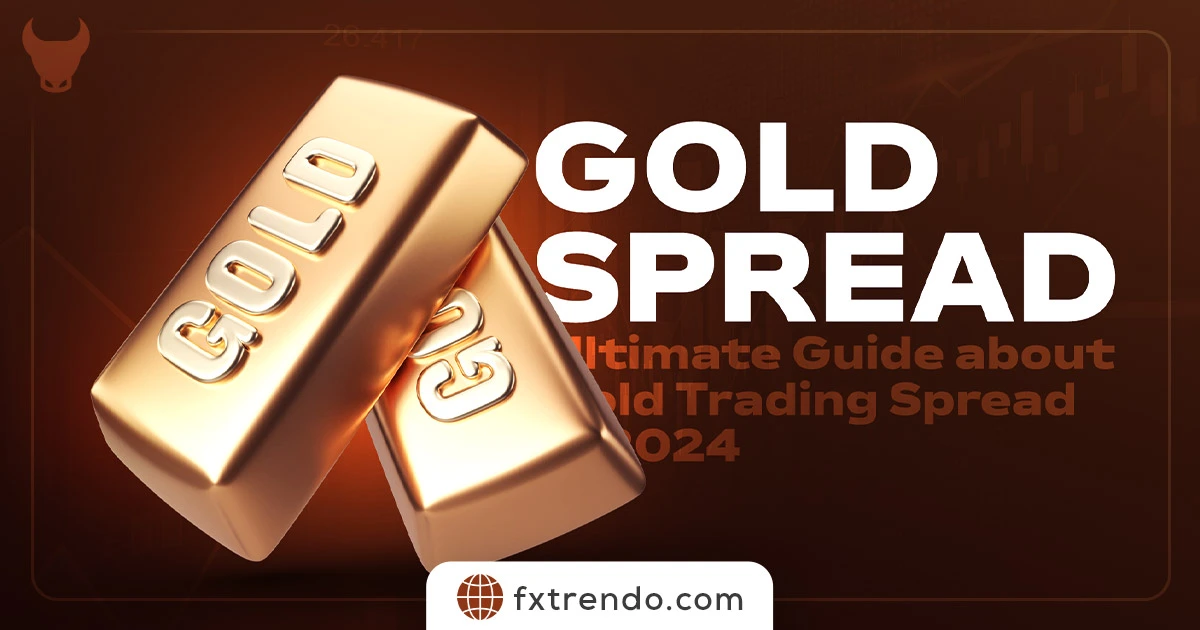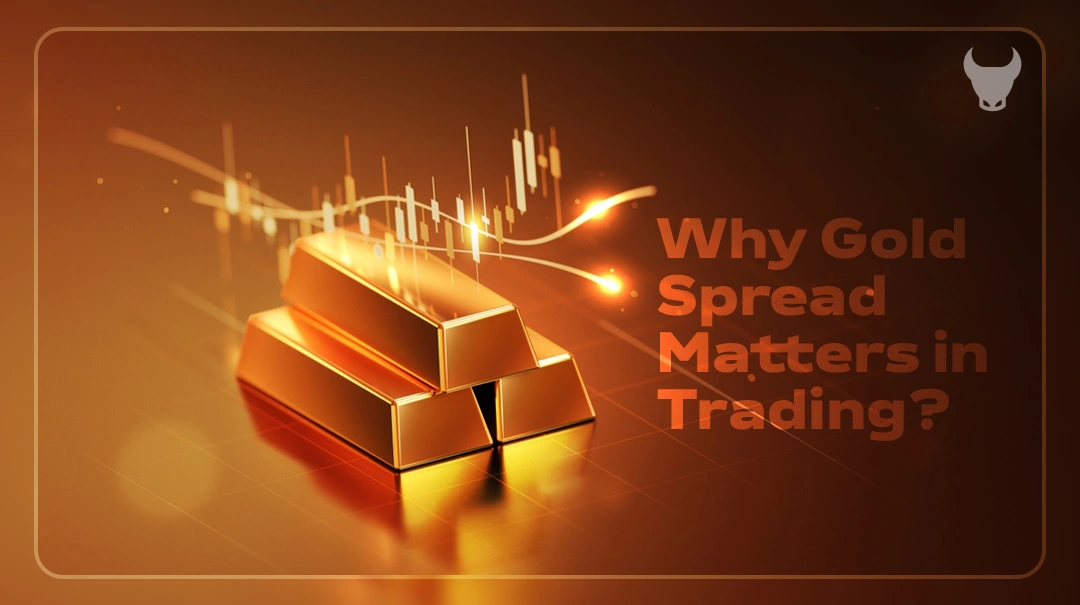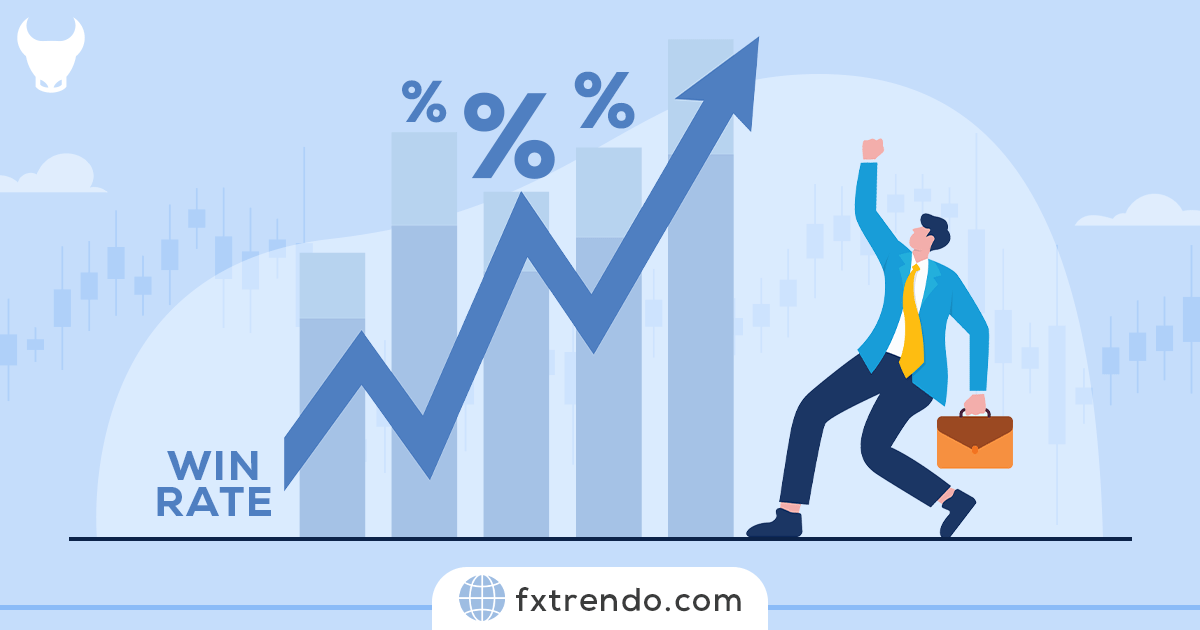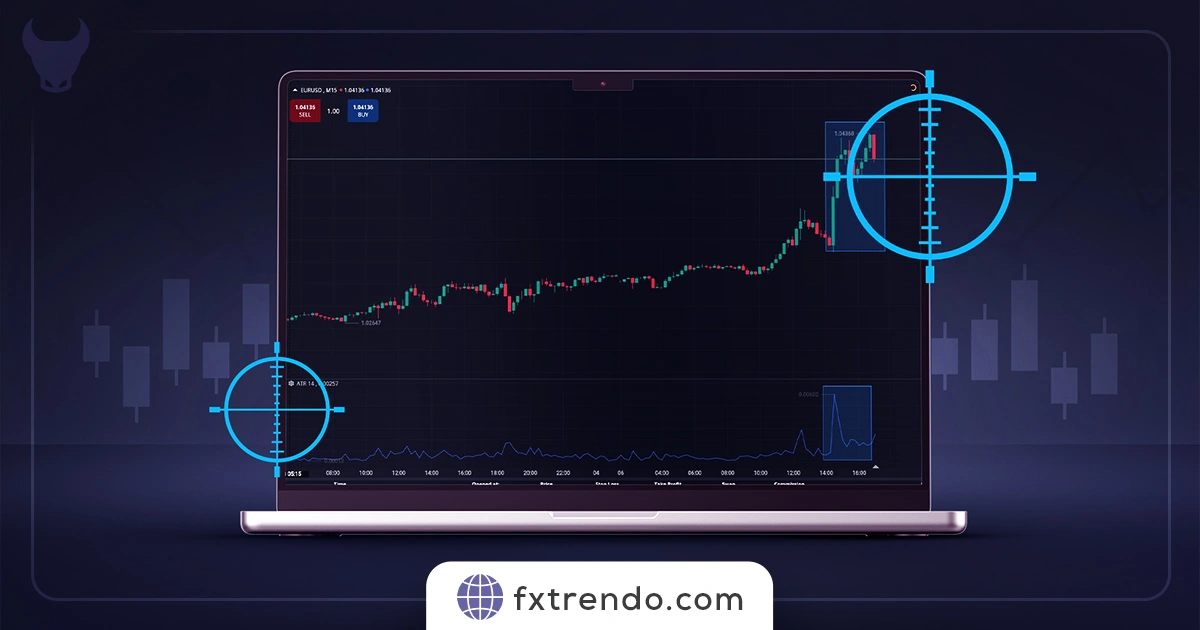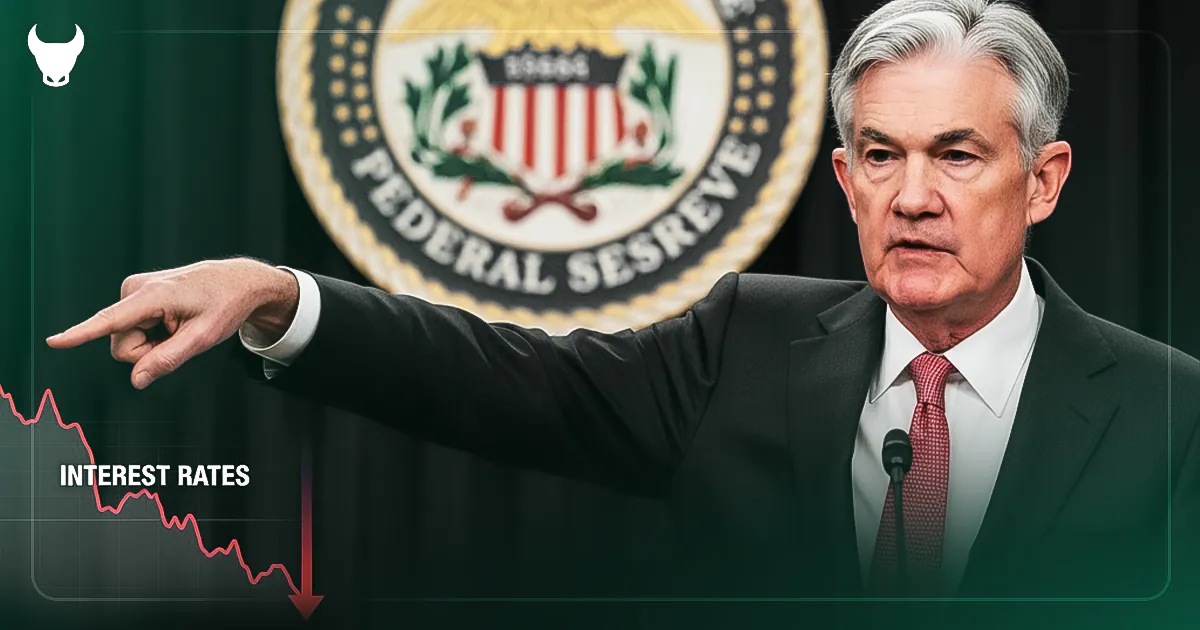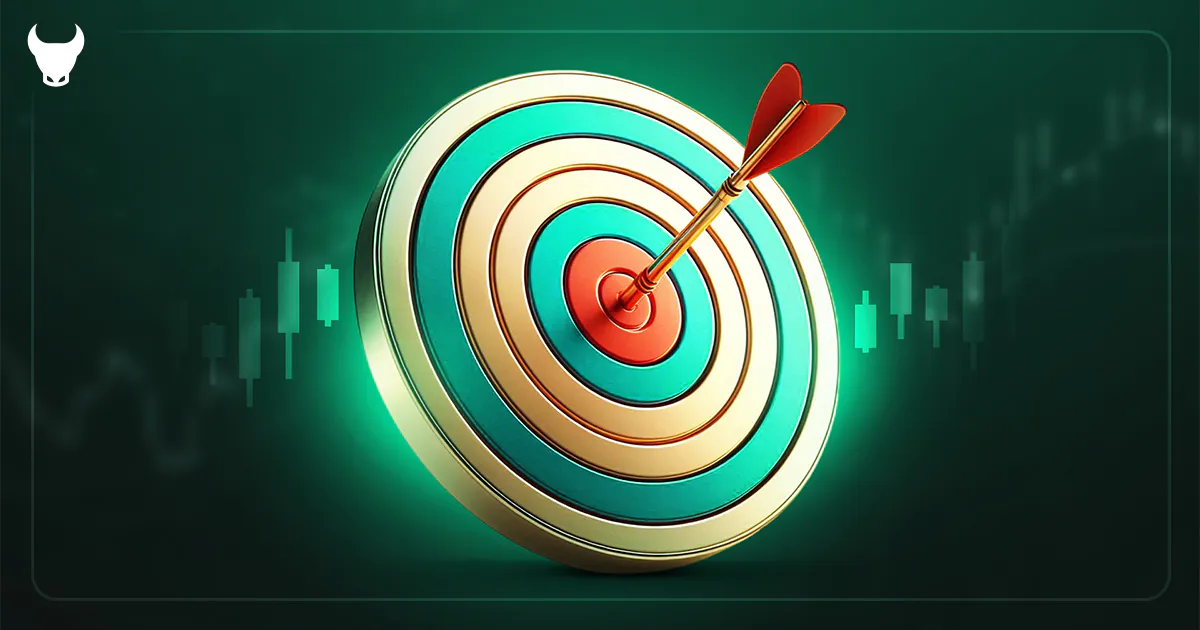Gold spread, in its simplest form, refers to the difference between the buying and selling price of gold. This disparity, measured in points or percentages, serves as a key indicator of market activity and volatility. It’s a crucial concept that every gold trader should understand as it directly impacts the profitability of their trades.
In 2024, the dynamics of gold trading have evolved, and understanding the gold spread has become more critical than ever. The price of gold has seen fluctuations, with predictions indicating a range between $2,000 and $2,200 throughout the year. This volatility underscores the importance of understanding gold spread to maximize your trading profits.
This guide provides an in-depth understanding of gold spread, a crucial concept in gold trading that refers to the difference between the buying and selling price of gold.
Whether you’re a beginner or an experienced trader, this guide aims to equip you with comprehensive knowledge about gold spread in the current year. Stay tuned as we delve into these topics.
What is Gold Spread?
The Gold Spread is a fundamental concept in gold trading, representing the difference between the buying and selling prices of gold. It’s the gap that traders must navigate to make profitable transactions. This spread can fluctuate based on various factors, including market demand, economic conditions, and geopolitical events.
Understanding the Gold Spread is crucial for investors as it directly impacts the cost of trading gold. A narrow spread indicates a more liquid market with less cost to trade, while a wider spread suggests higher transaction costs and potentially less liquidity.
In essence, the Gold Spread is not just a number; it’s a reflection of the market’s health and a trader’s potential profit or loss. By keeping an eye on this spread, investors can make more informed decisions and strategize their trades accordingly.
Related:
What is Spread in Forex Trading?
How is Gold Spread Calculated?
Calculating the Gold Spread is a straightforward process that involves two key prices: the bid price and the ask price. The bid price is the highest price a buyer is willing to pay for gold, while the ask price is the lowest price a seller is willing to accept.
To calculate the Gold Spread, you simply subtract the bid price from the ask price. The result is the spread, which can be expressed in points or as a percentage of the ask price. For example, if the bid price is $1,800 per ounce and the ask price is $1,810 per ounce, the spread would be $10 per ounce or approximately 0.55% of the ask price.
The Gold Spread can fluctuate based on various factors such as market demand, economic conditions, and geopolitical events. A narrow spread indicates a more liquid market with lower transaction costs, while a wider spread suggests higher costs and potentially less liquidity.
Types of Spreads in Gold Trading
When venturing into the world of gold trading, understanding the types of spreads is essential. The spread is the difference between the buying and selling prices and comes in two main forms: fixed and variable.
Fixed spreads remain constant regardless of market conditions. They offer traders stability and predictability, making it easier to plan trades and manage risks. This type of spread is favored by those who prefer consistency over flexibility.
Variable spreads, in contrast, change with market fluctuations. They can be narrow during times of high liquidity, such as when major markets overlap, and widen during periods of volatility or important economic events. Variable spreads reflect real-time market dynamics and can offer opportunities for traders to capitalize on quick market movements.
Both types of spreads have their advantages and are chosen based on a trader’s strategy and risk tolerance. Understanding these spreads is a stepping stone to becoming a proficient gold trader, as they directly impact the cost and potential profitability of your trades.
What are the Factors Affecting Gold Spreads?
The Gold Spread is influenced by a myriad of factors that can cause it to fluctuate. Understanding these factors is key to navigating the gold market effectively.
Economic Indicators
Economic indicators such as inflation rates, interest rates, and economic growth can significantly impact the gold spread. For instance, higher inflation often leads to a wider spread as investors seek gold as a hedge against inflation.
Political Instability
Political events and instability can lead to increased demand for gold as a safe-haven asset, which can narrow the spread during times of uncertainty.
Supply and Demand Dynamics
The balance between supply and demand is a primary driver of the gold spread. When demand exceeds supply, the spread tends to widen, and vice versa.
Market Sentiment
Investor sentiment plays a crucial role in the gold market. Positive sentiment can lead to a narrower spread, while negative sentiment can cause it to widen.
Central Bank Policies
Central bank policies, including gold purchases and sales, can affect the gold spread. For example, when central banks increase their gold reserves, it can lead to a narrower spread.
Currency Fluctuations
Since gold is priced in U.S. dollars, fluctuations in the value of the dollar can affect the gold spread. A weaker dollar typically leads to a wider spread as more dollars are needed to purchase gold.
By keeping an eye on these factors, investors can better understand the movements in the gold spread and make more informed trading decisions.
Why Gold Spread Matters in Trading?
The Gold Spread is a critical factor in trading that can significantly impact an investor’s profitability. It represents the difference between the buying and selling prices of gold, and understanding it is essential for making informed trading decisions.
Impact on Profitability
The spread directly affects the cost of trading gold. A wider spread means higher transaction costs, which can eat into potential profits. Conversely, a narrower spread indicates lower costs and can lead to better profit margins.
Market Liquidity
The size of the spread also provides insights into market liquidity. A narrow spread suggests a more liquid market with easier entry and exit points for traders. In contrast, a wide spread may indicate less liquidity, making it harder to execute trades without affecting the price.
Market Sentiment
Traders use the gold spread to gauge market sentiment. A widening spread can signal increased volatility or uncertainty, prompting traders to be more cautious. A narrowing spread might reflect stability and confidence in the market.
Strategic Trading
For strategic traders, the gold spread is a tool for timing their trades. By monitoring the spread, traders can identify optimal entry and exit points to maximize their returns.
Briefly, the gold spread is not just a number; it’s a reflection of market dynamics that traders must consider to navigate the gold market successfully. By understanding and monitoring the spread, investors can better manage their risks and capitalize on trading opportunities.
Factors Affecting Gold Spread
The Gold Spread is influenced by several key factors that can cause it to widen or narrow, directly impacting your trading experience.
Market Volatility
Market volatility is a significant factor. During times of high volatility, spreads tend to widen as the uncertainty increases the risk for the broker.
Economic Data
Economic data releases can also affect the spread. If the data suggests economic stability, the spread may narrow, reflecting a more stable gold market.
Liquidity
Liquidity in the market plays a crucial role. Higher liquidity generally leads to a narrower spread, making it easier and cheaper to trade.
Time of Day
The time of day can influence the spread too. Spreads can be narrower during peak trading hours when liquidity is higher.
Broker Policies
Finally, individual broker policies can impact the spread. Brokers may offer different spreads based on their own risk management strategies.
Understanding these factors can help you anticipate changes in the Gold Spread and plan your trading strategies accordingly. By keeping an eye on these elements, you can make more informed decisions and potentially improve your trading outcomes.
How to Minimize Gold Spread Costs?
Minimizing the costs associated with the gold spread is crucial for investors looking to maximize their returns. Here are some strategies to help you reduce these spread & costs:
Choose a Reputable Broker
Selecting a broker with competitive spreads can significantly lower your trading costs. Look for brokers that offer narrow spreads and transparent pricing.
Trade During Low Volatility
Trading during periods of low market volatility can result in narrower spreads. Keep an eye on market conditions and plan your trades accordingly.
Use Limit Orders
Limit orders allow you to set the maximum price you’re willing to pay or the minimum price you’re willing to accept. This can help you avoid paying higher prices during times of increased spread.
Focus on Major Currency Pairs
If you’re trading gold in different currencies, focus on major currency pairs that typically have lower spreads.
Monitor Spreads Regularly
Regularly checking the spreads can help you identify the best times to trade and avoid periods when spreads are wider.
Be Mindful of Overnight and Weekend Spreads
Spreads can be wider during off-peak hours, such as overnight or weekends. Plan your trades during peak market hours when spreads are usually narrower.
Which Brokers Offer the Lowest Spreads for Gold? Introducing the Best Broker for Gold Trading in 2024
When it comes to trading gold, the spread is a critical factor that can significantly impact your trading costs. A lower spread means less money spent on each trade, which can lead to higher profits over time. Here’s a guide to help you find the best brokers for gold trading in 2024:
Criteria for Selecting the Best Gold Trading Broker
Spread Rates:
Look for brokers that offer competitive spreads specifically for gold trading.
Trading Platforms:
A user-friendly and reliable trading platform is essential for executing trades efficiently.
Regulatory Compliance:
Ensure that the broker is regulated by reputable financial authorities.
Customer Service:
Good customer support can be invaluable, especially when you need assistance with your trades.
Introducing the Best Broker for Gold Trading in 2024
The broker you choose can significantly impact your trading experience. The ideal broker offers low spreads, a user-friendly platform, excellent customer service, and a range of trading tools. Here are some of the top recommended brokers for gold trading in 2024:
Exness:
Known for its tight spreads on the XAU/USD pair, Exness offers an attractive option for cost-conscious investors1. With its Raw Spread account, traders can access spreads as low as 0.0 pips.
Plus500:
Plus500 is a regulated futures trading platform with low commissions on trading. It offers a state-of-the-art proprietary web platform and mobile app, making it a top choice for US traders.
MultiBank Group:
This broker stands out for its tight gold spreads and a broad range of commodity CFDs available. It also offers high leverage and accounts with the offshore entity insured up to $1M.
Tickmill:
Tickmill is known for its tight spreads in gold and no inactivity fee. It also does not charge fees for deposits and withdrawals.
Trendo has received positive reviews for its easy registration process, good performing trading platform, and great rewards program. It also offers low spreads, making it a good choice for gold trading.
Remember, the best broker for you will depend on your specific trading needs and goals. Always do your research and consider factors such as spreads, fees, trading platform, customer service, and regulatory status when choosing a broker. Happy trading!
Tools and Resources for Gold Traders in 2024
In the dynamic world of gold trading, having the right tools and resources at your disposal can make a significant difference. Here are some essential tools and resources that gold traders should consider in 2024:
Trading Platforms:
A reliable trading platform is the cornerstone of any successful trading strategy. Top online gold trading platforms in 2024 include Exness, Plus500, MultiBank Group, Tickmill, and Trendo International Broker. These platforms offer a range of features, including advanced charting tools, real-time market data, and a user-friendly interface.
Trading Strategies:
There are various trading strategies that gold traders can employ, including intra-market spreads, inter-market spreads, and inter-exchange spreads. Each strategy has its own advantages and is suited to different market conditions. It’s important to understand these strategies and choose the one that best fits your trading style and risk tolerance.
Educational Resources:
Knowledge is power in the world of trading. Many online platforms offer a wide range of educational resources, including webinars, e-books, and tutorials. These resources can help you stay on top of market trends and make informed trading decisions.
Market Analysis Tools:
These tools can help you analyze market trends and make informed trading decisions. They include technical analysis tools, which use historical price data to predict future price movements, and fundamental analysis tools, which consider factors like economic indicators and geopolitical events.
Demo Accounts:
Many trading platforms offer demo accounts, which allow you to practice trading without risking real money. These accounts can be a great way to familiarize yourself with the trading platform and test out different trading strategies.
Automated Trading Strategies:
Some brokers offer automated trading strategies, which can execute trades on your behalf based on pre-set rules. This can be a great way to take advantage of trading opportunities even when you’re not able to monitor the markets.
Remember, the key to successful gold trading is a combination of knowledge, strategy, and the right tools. By leveraging these resources, you can navigate the gold market with confidence and potentially increase your profitability.
Conclusion
As we’ve seen, a keen understanding of the Gold Spread and its influencers is essential. It’s the heartbeat of the trade, the silent whisperer of market moods, and the fine line between success and setback.
Choosing a reliable broker is your partner in this dance, one who leads with competitive spreads, robust platforms, and unwavering support. Coupled with the strategies we’ve discussed, from technical analysis to risk management, you’re set to glide across the golden floor with confidence.
Embrace the journey, leverage your knowledge, and let the golden opportunities unfold. Here’s to your success in the vibrant world of gold trading in 2024—may your trades be prosperous, and your spreads be ever in your favor.
FAQs
1. Which is the best broker to trade the gold in Forex?
2. What is the symbol of gold in forex?
3. What is the best broker for trading gold?
4. Which broker offers the lowest gold spread?
5. Who is the best XAU/USD trader?
